This article explores the key differences between shrink wrap, stretch wrap, and cling wrap, helping you determine the most suitable option for your specific packaging requirements. Whether you’re a business owner like Mark Thompson in the USA, sourcing cost-effective packaging from China, or simply curious about the different types of plastic wrap, this comprehensive guide will provide valuable insights. We’ll address common pain points like inconsistent print quality, long lead times, and sealing issues, and discuss how to choose the right packaging solution for your business. We understand that choosing between packaging types, like those used by Allen’s business in China, can affect product safety and brand image.
1. What is Shrink Wrap and How Does It Work?
Shrink wrap is a versatile plastic film that shrinks tightly around an item when heat is applied. This plastic material is typically made from polyethylene or polyvinyl chloride and is used to bundle products, provide tamper evidence, and offer protection from the weather and other environmental factors. The process involves wrapping the item loosely with the shrink film, then using a heat gun or a shrink wrap bar sealer to apply heat, causing the film to contract and conform tightly to the shape of the object.
Shrink wrap is also used for unitizing, which can offer cost savings. Shrink wrap offers excellent protection against dust, moisture, and tampering. It’s commonly used for packaging items like books, software, toys, and even larger items like boats and outdoor furniture. HADL Packaging’s 10S Soft Toy Packaging Flexible Pouch Bag With Free Shipping is a great example.
The following image shows shrink-wrapped toys:
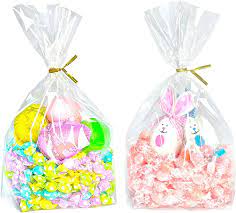
2. What is Stretch Wrap and When Should You Use It?
Stretch wrap, also known as stretch film, is a highly stretchy plastic film used to secure and unitize loads, especially pallets of products, for transportation and storage. Unlike shrink wrap, stretch wrap does not require heat for application. Its elasticity allows it to be stretched tightly around a load, providing stability and preventing items from shifting during transit. The stickiness of the plastic keeps the items together securely.
There are two main types of stretch wrap: hand stretch film, which is applied manually, and machine stretch film, which is applied using a stretch wrapping machine. Stretch wraps and films are commonly used in warehouses and distribution centers to stabilize palletized goods. This makes them perfect for businesses looking to streamline their shipping process. Using stretch wrap can improve load stability and protection.
The following image shows stretch-wrapped pallet:
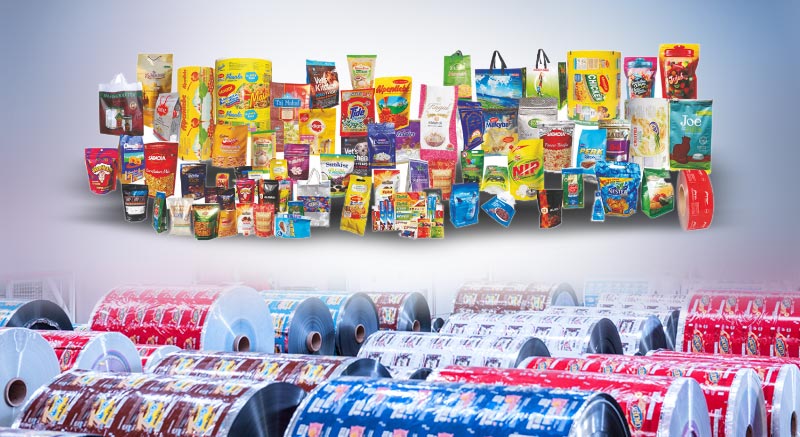
3. What is Cling Wrap (Plastic Wrap) and Its Common Applications?
Cling wrap, commonly known as plastic wrap or Saran Wrap, is a thin plastic film primarily used for sealing food items in containers to keep them fresh. This type of wrap and plastic wrap is designed to cling to itself and to smooth surfaces, creating a tight seal without the need for adhesives or heat. It is a common item in household kitchens and is also used in commercial food service settings.
Cling wrap is ideal for covering bowls, wrapping sandwiches, and protecting leftover food. However, it’s important to note that some types of cling wrap may not be suitable for use in microwaves or with high-fat foods. While useful, cling wrap may not always be the best solution for long-term storage or industrial applications, compared to shrink wrap or stretch film. It is used to wrap food and other perishables to protect them from air and moisture.
The following image shows plastic-wrapped food:
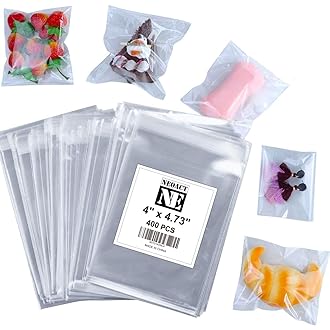
4. Shrink Wrap vs. Stretch Wrap: A Head-to-Head Comparison
| Feature | Shrink Wrap | Stretch Wrap |
|---|---|---|
| Application | Requires heat to shrink and conform to the item. | Applied by stretching the film around the load; no heat required. |
| Material | Typically polyethylene or polyvinyl chloride. | Usually linear low-density polyethylene (LLDPE). |
| Primary Use | Bundling individual items, providing tamper evidence, and protecting from dust and moisture. | Securing and stabilizing palletized loads for shipping and storage. |
| Reusability | Generally not reusable. | Can sometimes be reused if carefully removed, but typically not. |
| Cost | Can be more expensive than stretch wrap, especially for large-scale applications. | Generally more cost-effective for securing large loads. |
| Environmental | Some shrink wrap options are recyclable, but not all. | Many stretch film options are recyclable. |
| Protection Level | Offers better protection against moisture and tampering than stretch wrap. | Provides good load stability and protection against shifting, but film may not offer complete protection from moisture or puncture. |
| Example | HADL Packaging offers 10S Sustainable Pet Care Packaging Flexible Pouch Bag | A common application is securing boxes on a pallet for shipping. Bulk Production Private Label Makeup Packaging Flexible Pouch. |
The difference between shrink wrap and stretch wrap lies primarily in their application and purpose. Shrink wrap conforms tightly to the shape of the product, offering excellent protection, while stretch wrap is used to unitize and secure larger loads.
5. Stretch Film vs. Cling Film: Understanding the Key Differences
The terms "stretch film and cling film" are sometimes used interchangeably, but there are important distinctions. Stretch film vs cling film can be confusing, but the main difference between stretch film vs cling film lies in their intended use and properties. Stretch film, as discussed, is designed for industrial applications, such as securing pallets. It’s thicker, stronger, and has higher stretchability.
Cling film, or plastic wrap, is much thinner and is primarily used for food items and keeping food fresh. It clings to itself and to containers, but it doesn’t have the strength or holding power of stretch film. It’s not suitable for securing heavy loads or providing the same level of protection during shipping. Cling film is also referred to as plastic food wrap.
6. What Are the Different Types of Stretch Wrap?
There are several types of stretch wrap available, each with its own characteristics and applications:
- Cast Stretch Film: Offers excellent clarity, making it easy to see the wrapped products. It’s also quieter to unwind than blown film.
- Blown Stretch Film: More puncture-resistant than cast film, making it suitable for securing loads with sharp edges. It has a higher holding force but can be noisier.
- Pre-Stretched Film: Has been stretched during the manufacturing process, requiring less force to apply. It can reduce film usage and worker fatigue.
- UV Stretch Film: Contains UV inhibitors to protect products from sun damage during outdoor storage.
- Vented Stretch Film: Designed to ventilate products that require airflow, such as fresh produce. It helps prevent condensation and spoilage.
- Color Stretch Film: Used for color-coding and identifying different loads or products.
- Anti-static stretch wrap: The function is similar to a static bag.
Choosing the right type of film depends on the specific needs of your application, including the weight and shape of the load, the storage environment, and the desired level of protection.7. What Are the Pros and Cons of Using Stretch Wrap?
Pros of Stretch Wrap:
- Cost-Effective: Generally less expensive than shrink wrap for securing large loads.
- Efficient: Can be applied quickly, especially with a machine, increasing productivity.
- Versatile: Suitable for a wide range of load sizes and shapes.
- Recyclable: Many stretch film options are recyclable, promoting sustainability.
- Load Stability: Provides excellent load stability, preventing shifting during transit.
- Provides Protection
Cons of Stretch Wrap: - Limited Protection: May not offer the same level of protection against moisture, dust, and tampering as shrink wrap.
- Puncture Vulnerability: Can be susceptible to punctures, especially from sharp edges.
- Appearance: May not be as aesthetically pleasing as shrink wrap for retail packaging.
- Residue: Some stretch films can leave a residue on the wrapped products.
The pros and cons of stretch wrap should be carefully considered based on your specific packaging and shipping requirements.8. How Does Shrink Wrap Benefit Specific Industries?
Shrink wrap’s versatility makes it valuable across various industries:
- Food and Beverage: Used for bundling multi-pack items like bottled water, canned goods, and frozen foods. Provides tamper evidence and protection from contamination.
- Retail: Used for packaging books, software, toys, and other consumer goods, enhancing shelf appeal and protecting products from dust and handling.
- Pharmaceuticals: Used to secure and protect medical supplies and pharmaceuticals, ensuring sterility and tamper evidence.
- Industrial: Used for protecting large equipment and machinery during shipping and storage, shielding them from the weather and other environmental factors.
- Marine: Used for "shrink wrapping" boats and other watercraft for winter storage, providing a tight seal against the elements.
HADL Packaging’s 2023 New DDP Shipping Frosted Plastic Packaging Plastic Pouch is an excellent option for retail packaging.9. What Food Safety Considerations Apply to Packaging Films?
When using plastic films for food packaging, food safety is paramount. Here are key considerations:
- Material Composition: Films must be made from food-grade materials that are approved for direct contact with food.
- Migration: The film should not transfer any of its components into the food in harmful quantities.
- Barrier Properties: The film should provide an adequate barrier against moisture, oxygen, and other contaminants that could compromise food safety and quality.
- Temperature Resistance: The film must be able to withstand the temperatures it will be exposed to during storage, transportation, and use (e.g., refrigeration, freezing, microwaving).
- Certification: Look for certifications from recognized food safety organizations, such as the FDA (in the United States) or the EFSA (in Europe).
It’s essential to work with a packaging supplier who understands and complies with all relevant food safety regulations and standards. A reliable supplier will have access to products that will create a tight seal around food containers.10. How Can I Choose the Right Packaging Solution for My Business?
Selecting the optimal packaging materials involves considering several factors:
- Product Characteristics: What are you packaging? Consider the size, shape, weight, and fragility of your products.
- Packaging Purpose: Are you primarily concerned with protection, presentation, tamper evidence, or unitizing?
- Storage and Transportation: How will your products be stored and transported? Will they be exposed to extreme temperatures, moisture, or rough handling?
- Budget: What is your budget for packaging materials?
- Sustainability: Are you looking for eco-friendly packaging options?
- Regulations: Are there any specific regulations or standards that your packaging must meet (e.g., food safety, environmental)?
By answering these questions, you can narrow down your options and choose the best solution for your needs. Working with a knowledgeable packaging supplier like HADL Packaging can also guide you to the best choice. HADL Packaging can address the key concerns of customers like Mark Thompson, focusing on print and material quality, sealing integrity, lead times, and environmental compliance. Their expertise makes them an ideal partner for businesses seeking reliable and innovative flexible plastic packaging.
The following image is an example of clear flexible plastic packaging:
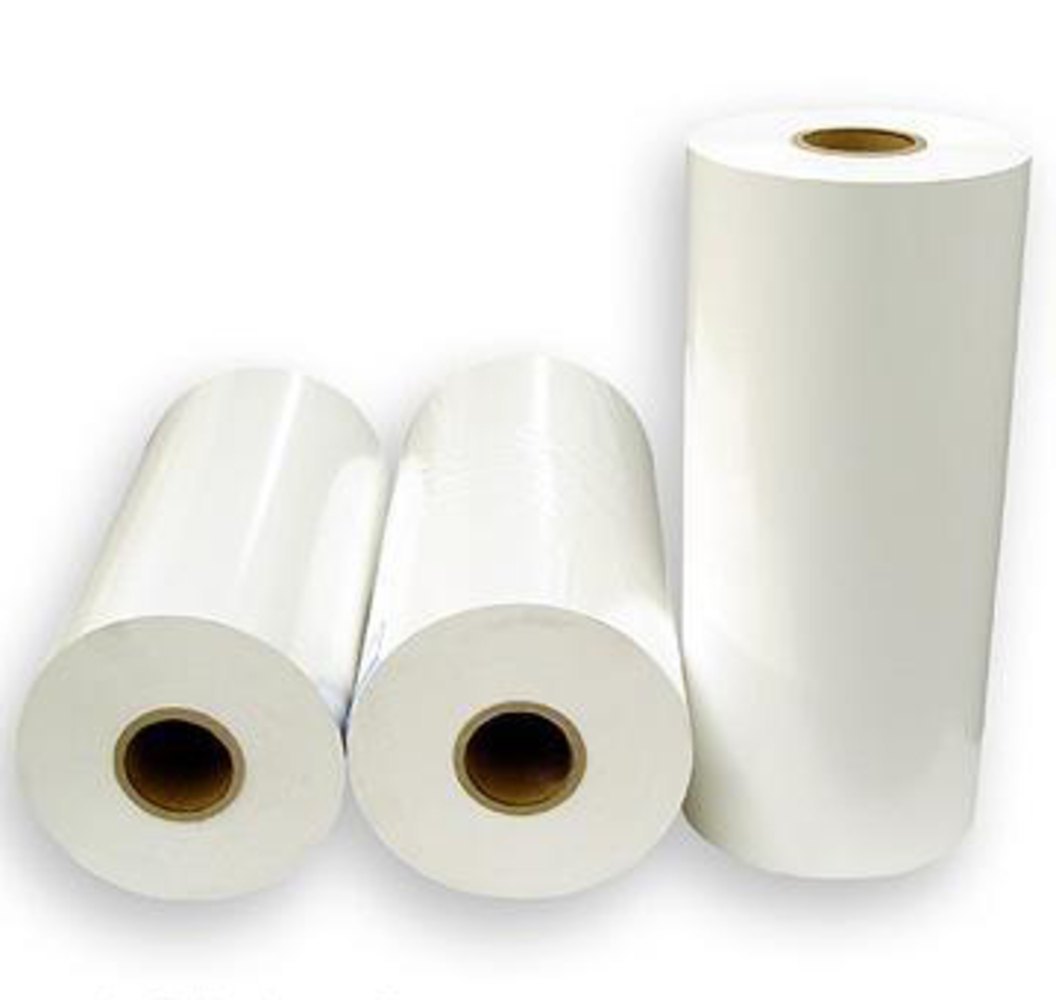
Another example of plastic packaging, for cosmetic products.
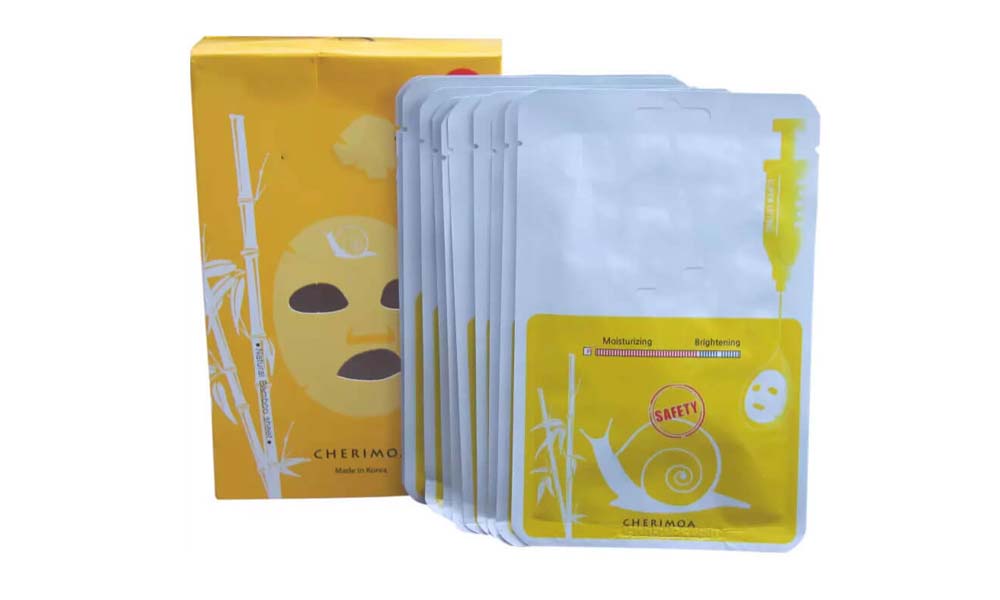
Summary of Key Takeaways
- Shrink wrap, stretch wrap, and cling wrap are three distinct types of plastic film with different applications.
- Shrink wrap requires heat to conform tightly to the shape of an item, providing excellent protection and tamper evidence.
- Stretch wrap is used to secure and stabilize palletized loads for shipping and storage, relying on its elasticity rather than heat.
- Cling wrap (plastic wrap) is primarily used for sealing food items to keep them fresh.
- There are various types of stretch wrap, each with its own properties and benefits.
- Food safety considerations are crucial when using plastic films for food packaging.
- Choosing the right packaging solution requires careful consideration of your product, packaging purpose, storage and transportation conditions, budget, sustainability goals, and regulatory requirements.
- HADL Packaging provides high-quality flexible packaging, perfect for meeting the demands of international clients, addressing crucial aspects like those sought by U.S. customers like Mark, by offering custom printing and eco-friendly alternatives.
- The differences between stretch film and shrink wrap should be carefully noted.
- There are also various niche types of stretch film that can be used for other applications.
By understanding these key points, you can make informed decisions about your packaging needs, ensuring your products are well-protected, presented effectively, and meet all relevant regulations.
Post time: 02-27-2025

